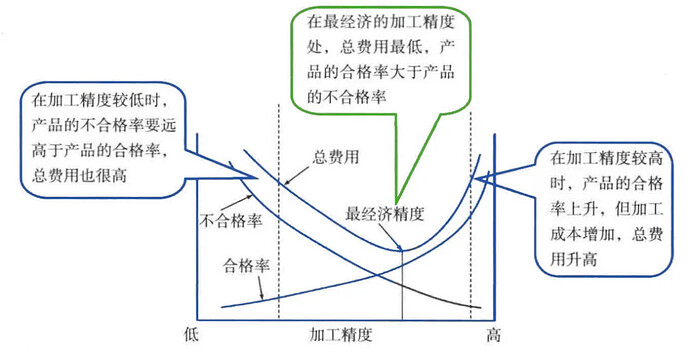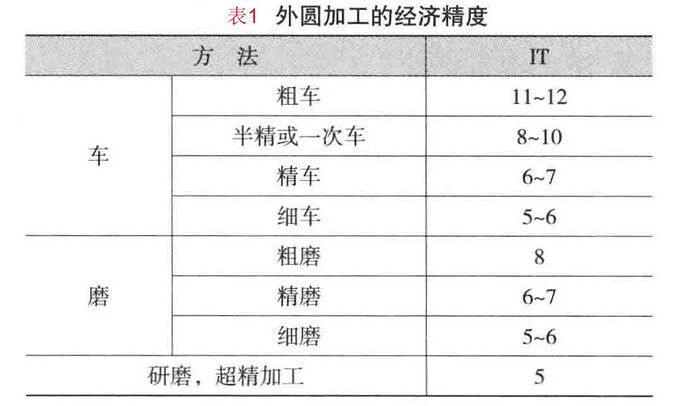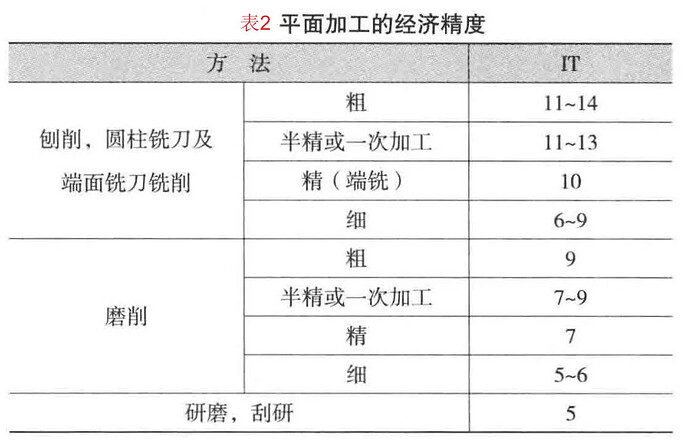Economic precision is a core concept in mechanical processing. From design to manufacturing, economic viability is crucial, as economic efficiency is the foundation for the survival of a factory. The level of processing precision should be determined based on usage requirements: aerospace parts require high precision, while bicycle components have relatively lower precision demands. The cost of a part is closely related to its processing precision. In mechanical processing, level 7 precision is considered high, while levels 6, 5, and 4 are increasingly precise, with each increase in level significantly raising the difficulty of machining. For example, level 7 precision can be achieved using ordinary machine tools, level 6 requires grinding machines, level 5 necessitates precision grinders or manual polishing, and level 4 is even more challenging. As precision increases, the number of processes rises, and the demand for high-precision machinery and skilled workers increases, leading to a significant rise in costs.
This brings us to the issue of economic precision: in specific usage scenarios, it is essential to choose a processing precision that not only meets the requirements but is also economical. For instance, achieving level 11 precision for bicycle components is sufficient, while level 5 is better but comes at a high cost. Level 11 may only cost 10 yuan, while level 5 could reach 100 yuan or more, representing a waste of resources for the factory.
Economic precision refers to selecting the lowest-cost and suitably precise machining standards while meeting usage demands to maximize benefits. Therefore, the formulation of process guidelines must consider economic precision. Figure 1 illustrates the relationship between machining precision, defect rates, and economic viability, where the point with the lowest total cost represents the most economical precision.
Figure 1: The Relationship Between Machining Precision, Defect Rate, and Economic Viability
Economic precision in mechanical processing refers to the economically reasonable range of the average deviation between the surface dimensions of a part and its nominal dimensions under conventional production conditions. The achievable economic precision varies among different machine tools under normal conditions, and this range defines their economic precision.


